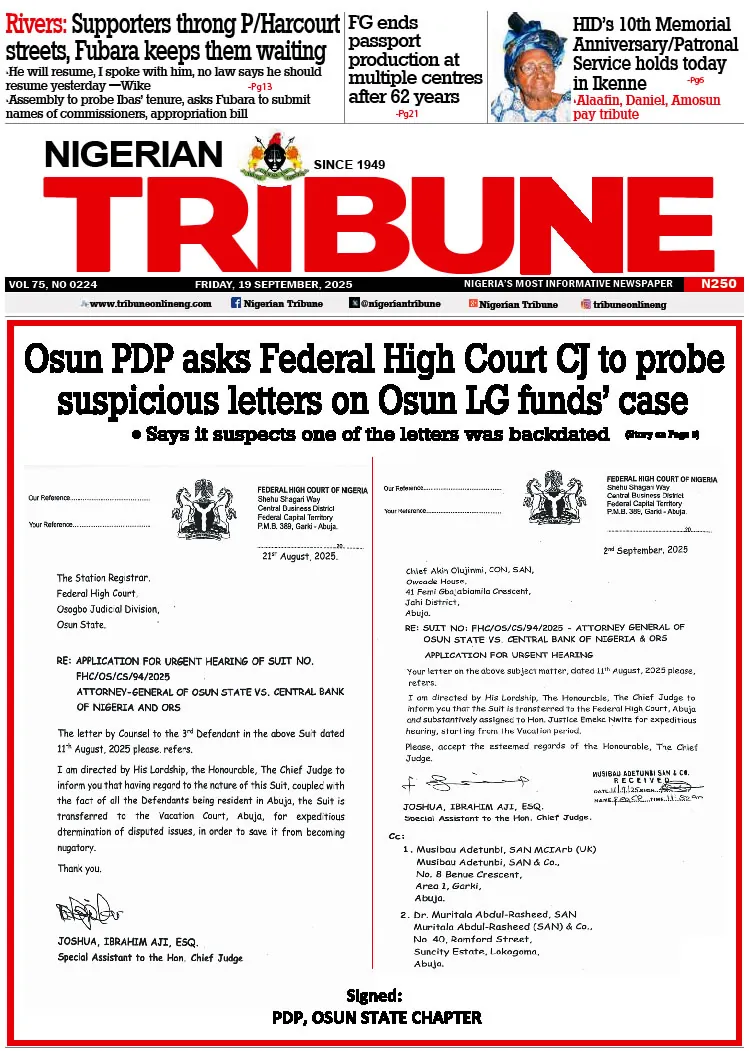A financial advisor was asked to give his testimonial. He said: “More is more.” This conclusive expert opinion that “more is more” (given with technical authority) essentially throws up some diagnostic indicators that can only be explained within the context of a leadership framework. The onus is on the leader to solve the adaptive challenge (with its adaptive dimensions) in order to ensure that “More is indeed More”.
Leaders can exceptionally drive increased revenue by selling organisations’ goods and services with distinction, differentiation and clarity of prescriptions.
Build the brand, generate leads, bring high quality clients in and retain the existing ones. Blow past competition with competitive battle cards, forge alignment and collaboration for overall impact, profitability and growth. Win and win more customers, forge rewarding sales enablement partnerships and keep them long term.
Selling (goods and services), is the centre of all organisations’ activities. It involves all teams. Customers always need special functionalities and special featuring. The entire workforce must therefore be involved. The customer is the centre of every business. Communication in the organisation must therefore be around the customer. In other words, there must be an alignment of organisation’s communication and customers’ journey map.
Before I go on, let us quickly look at the characteristic of a flow-based organisation. Its distinguishing feature is step-by-step execution or a value stream that is focused on exceptional business results driven by hands-on (not hands-off) employees that are relentlessly improving “work-in-progress.
How do we scale agile processes in sales? First, is that useful tool of behavioural economics and our ingenuity as leaders for creative problem-solving as well as innovation. The model is Behavioural Selling. This model uses deep understanding of the customer’s behaviour to identify his unique needs and thereby generate increased sales. It is very effective in adapting sales pitch, presentation styles and execution to enable memorable touch points. You also understand and manage individual purchase habits and schedules in B2B sales. Personalisation of sales approach is also possible and one can effectively, match customer’s preferences. You can also customise interactions with customers and make them feel valued and understood. That is, you understand and can satisfactorily address specific needs and therefore, forge strong and lifelong relationship.
Let us summarise the advantages of behavioral economics in sales enablement. You can present your product/services in a way that the customer will easily relate to. It resonates easily with the customer. It prioritises understanding and leveraging customers behaviours and psychological triggers (what motivates them and their decision-making processes). It enables target strategies for different groups of customers. One can tailor-make marketing and sales efforts to meet the specific needs of each segment. Understanding customers and adapting various sales approaches will always make all the positive difference.
Let me also mention few points on Target Accounts. Personalised approach to each target account enables focused efforts on each account. You can fit in well with each account’s requirements or needs. The accounts manager after a while, becomes a valuable problem solver for each account.
In these uncertain times, organizations must urgently rev-up marketing efforts. Some quick points here: (1) Use inclusivity. Every employee including the customer facing ones, should volunteer tips and ideas. (2) Identify gaps in sales activities and immediately plug them for impactful improvements. (3) Leverage core strengths and explore opportunities in areas you have had proven successes. (4) Embrace KPI metrics for clear goals, time frame and flexible adaptation to achieve agreed decisions. (5) Access up-to-date data and other analytics tools. (6) Remove internal barriers in sales processes. (7) Break down tasks and allocate resources (8) foster collaboration and upscale talents and their inputs. (9) Leverage quick trend-based initiatives and achieve immediate results. (10) Pay close attention to memorable customer experience by managing efficiently, customer touch points. (11) Address customer pain points with necessary adaptation. (12) Perform above common practices and assumptions.
Let me conclude with “always-the-winner” competitive battle cards.
“Competitive Battle Card” is the strategic tool to beat competitors head to head. There are different types of battle cards examples are; competitive, product and marketing battle cards. The Competitive Battle Card details information about your brand’s competitor. Information on this strategic tool may include prices/rates, unique solutions, unique solutions/services and customer profiles. Product/service battle card showcases customer pain points. Solutions to the pain points. Value adds and benefits to the customer (individual, group or enterprise). Marketing Battle Card details competitors, industry, society/marketplace, verticals (offerings), business partners and marketing channels.
A competitive battle card (internal document used for sales) is made up of clear, concise, competitive insights that will surely close deals. Each provides answers to two questions (a) How do you compare with your competitor? and (b) How are you different?
It is a document for deep positioning, compelling expert content and customer intelligence (CI). It is also a “cheat” sheet to rise above the competitor’s strengths. This strategic tool is impactful in solving “winning” problems. It showcases the organization as a uniquely value-adding platform. The battle card is easy and simple to understand as a positioning tool because it is written from an education perspective. You teach new things to prospects and walk-them-through the impactful teaching and then summarise the “positioning” new things you have taught. It is very useful in pricing battles. It provides your very strategic information upfront in a memorable step-by-step style with quick but factual bytes and uniqueness. It combines “offensive” and “defensive” tactics to “shape the lens from which the prospect will view the competitor.
It provides proof with its competitive content that must be updated regularly to build trust and confidence. It uses competitive intelligence to answer concisely how the organization is different (value-wise) from competitors. With its enablement content, it showcases best and ethical practices, establishes trust early and reinforces organizations’ ability and preparedness to meet as well as satisfy needs.
The Battle Card is a landmine document that effectively plants seeds in the prospect’s mind that will certainly help to put you in a stronger position. It is vital that sales teams use the battle cards with fidelity so they can be highly successful in always achieving goals.
READ ALSO: Suspected cultists kill 20-year-old boy in Lagos
WATCH TOP VIDEOS FROM NIGERIAN TRIBUNE TV
- Relationship Hangout: Public vs Private Proposals – Which Truly Wins in Love?
- “No” Is a Complete Sentence: Why You Should Stop Feeling Guilty
- Relationship Hangout: Friendship Talk 2025 – How to Be a Good Friend & Big Questions on Friendship
- Police Overpower Armed Robbers in Ibadan After Fierce Struggle






